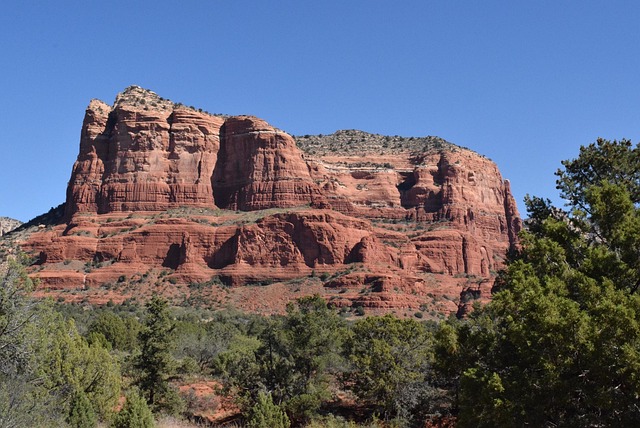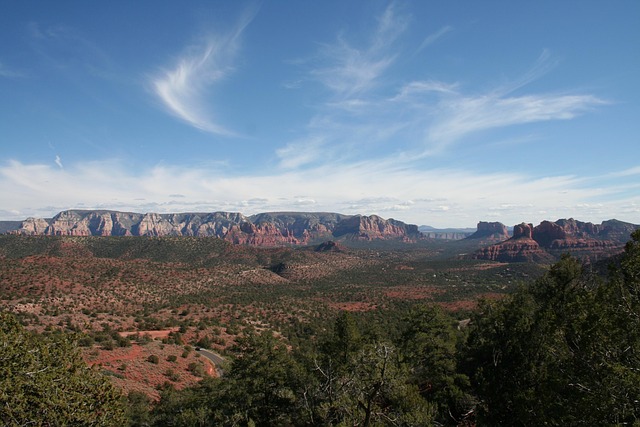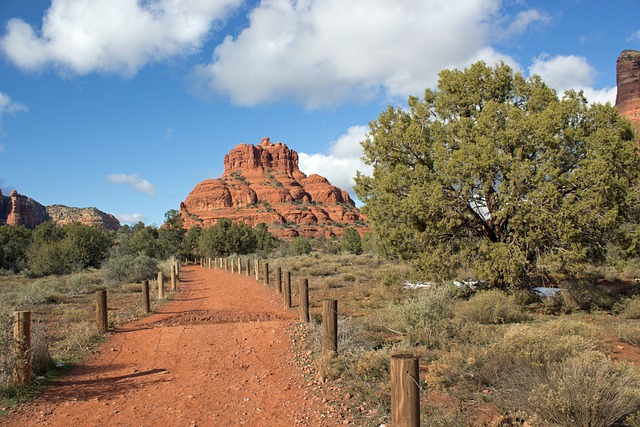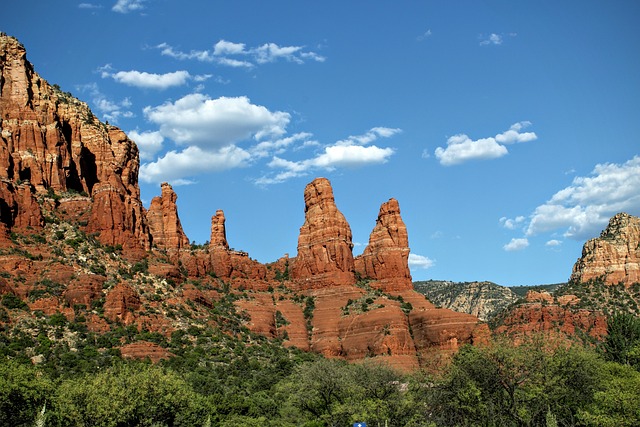The arts significantly boost real estate value and appeal, especially in urban areas, by integrating art galleries, sculptures, and cultural venues. This strategy drives economic growth, attracts locals and tourists, and revitalizes underutilized spaces, making projects stand out in a competitive market. A diverse artistic tapestry created by maximizing gallery diversity fosters vibrant communities, increasing foot traffic and strengthening community engagement across metropolitan areas. Prioritizing local artists further enhances these benefits, amplifying unique artistic voices and driving positive changes throughout the community.
Discover how a thriving arts community, characterized by diverse galleries, significantly enhances urban landscapes and real estate values. This article explores the multifaceted role of arts in real estate development, highlighting the transformative power of gallery diversity in fostering vibrant spaces. Learn why supporting local artists is crucial for building strong, engaging communities while driving economic growth in the real estate sector.
The Role of Arts in Real Estate Development

The arts play a significant role in shaping and enhancing real estate developments, making them more attractive and valuable. When incorporated into residential or commercial spaces, art galleries, sculptures, and cultural venues not only add aesthetic appeal but also create vibrant communities. This trend is particularly noticeable in urban areas where developers are increasingly recognizing the economic benefits of fostering arts communities. By integrating diverse galleries, artists’ studios, and performance spaces, real estate projects become more than just buildings; they become destinations that attract a mix of locals and tourists alike.
This strategy contributes to the overall sustainability and growth of local economies. Arts attractions drive foot traffic, stimulate consumer spending, and encourage cultural exchange. Moreover, they can help in revitalizing underutilized spaces, transforming them into thriving hubs of creativity and social interaction. As such, real estate developers who prioritize arts integration are not only contributing to community development but also ensuring their projects stand out in a competitive market.
Creating Vibrant Spaces: Gallery Diversity and Urban Landscapes

In urban landscapes, vibrant arts communities thrive when gallery diversity is at its peak. This diverse tapestry of creative spaces not only enhances the real estate value of an area but also fosters a dynamic and multifaceted cultural environment. Each unique gallery contributes to a bustling atmosphere that attracts both locals and tourists, transforming the city into a captivating destination for art enthusiasts.
The presence of diverse galleries plays a crucial role in revitalizing urban spaces. These artistic hubs become magnets, drawing people from all walks of life and encouraging interaction and exchange. As a result, neighborhoods with a rich gallery scene often experience increased foot traffic, economic growth, and a sense of community engagement that reverberates throughout the entire metropolitan area.
Supporting Local Artists: A Key to Thriving Communities

Supporting local artists is a cornerstone in fostering vibrant and diverse art communities. When real estate developers and urban planners prioritize showcasing local talent, it creates a ripple effect that benefits everyone. Art galleries, whether established or new, become more than just spaces for visual appreciation; they become platforms to highlight unique artistic voices. This support can take various forms, from dedicated gallery spaces within residential areas to collaborative projects that merge art with local architecture and design.
By embracing the creativity of their communities, these initiatives drive economic growth, attract visitors, and enhance the overall quality of life. Local artists contribute to the distinct character of a neighborhood, making it an appealing place to live, work, and visit. This symbiotic relationship between arts and real estate can be a game-changer for cities, small towns, and emerging artistic hubs alike, ensuring that communities remain dynamic, engaging, and culturally rich.






